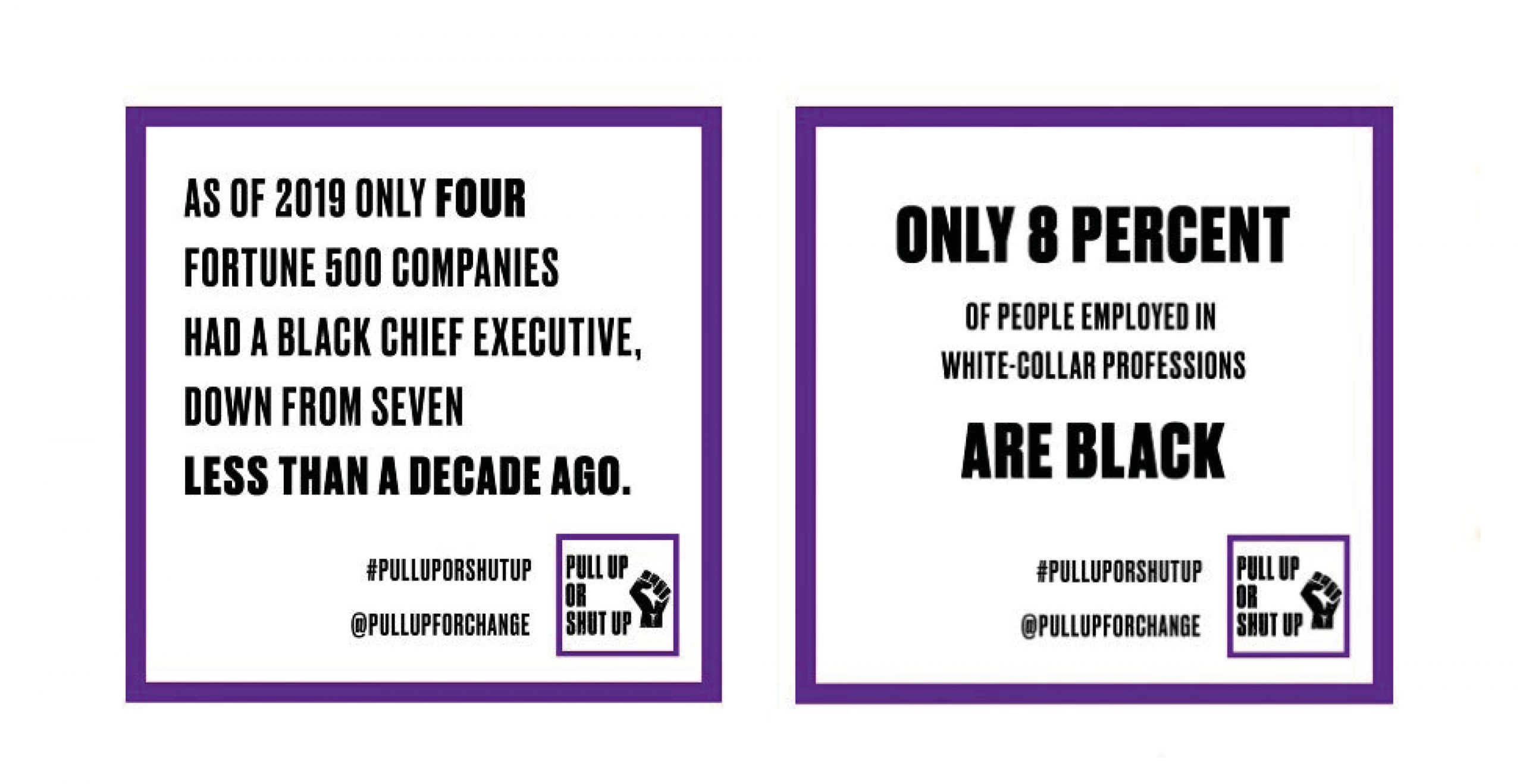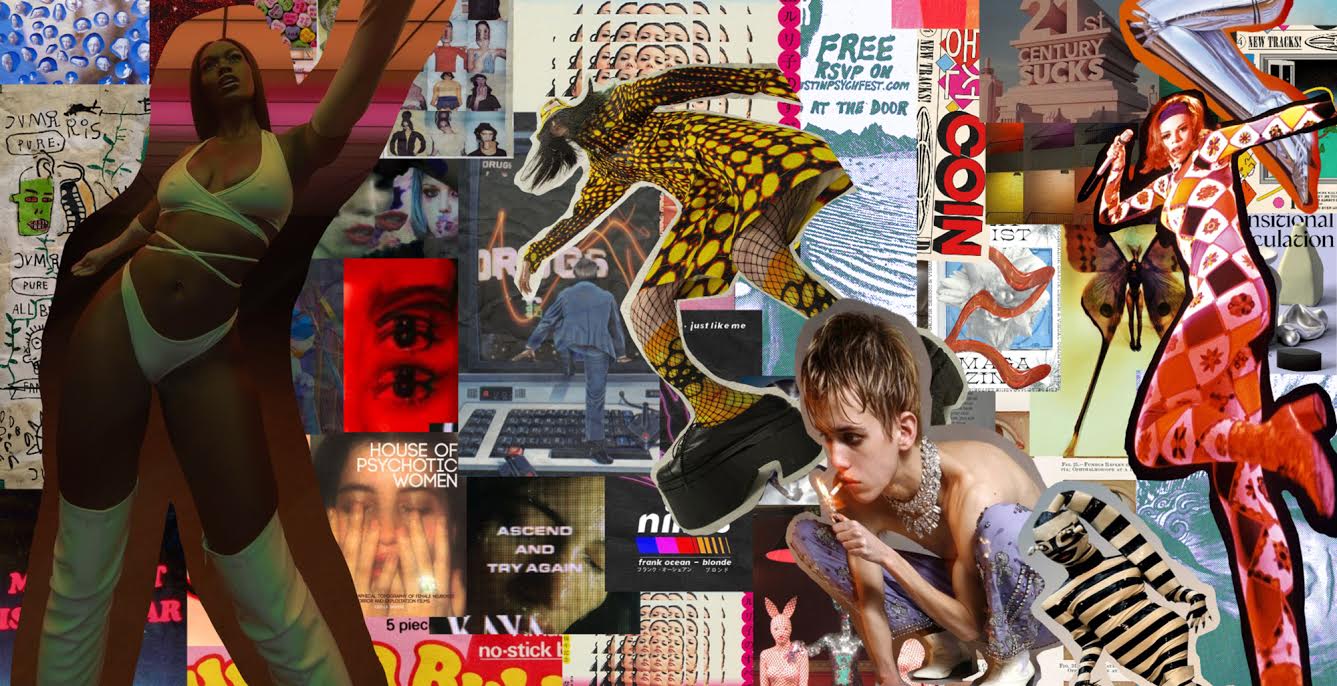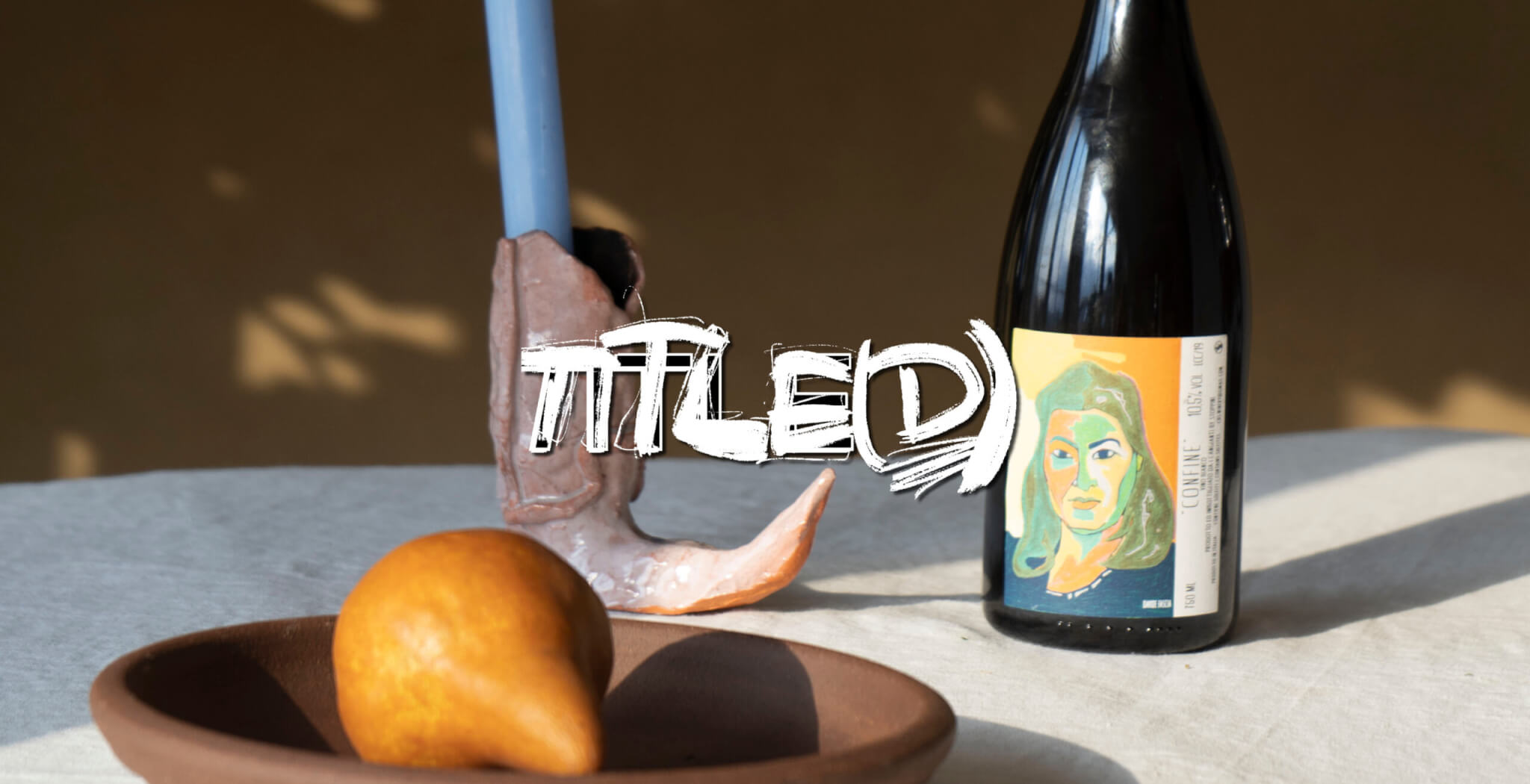Pull up or shut up – how many Black people are really working at the biggest brands?
Just holding a value isn’t enough. Learn about the true commitment of beauty brands towards diversity and accountability. Dive into the “Pull up for change” initiative, which compelled numerous brands to disclose their numbers of black employees and assess black representation in leadership positions. Over 150 companies, including Nike, Cosmopolitan, Levi’s, Amazon, Neutrogena, Kylie Jenner, and GAP, participated in this movement. The campaign’s research and the #pullupforchange hashtag empower you to make informed purchasing decisions and educate yourself on the subject.
To shed light on the issue, let’s examine the diversity reports and black representation numbers of some prominent brands:
Microsoft:
Microsoft showcases a 4.5% black representation across the US, covering retail, with 2.5% at the management level and 2.7% at the director and executive level. For more details, refer to their 2019 diversity report. However, no black representation was identified in the executive leadership team.
Levi’s:
Within Levi’s, there is a 5% black representation in corporate roles, with less than 2% in leadership positions and none at the board level. It’s worth noting that black representation totals 18% when including manufacturing and store levels. The company deserves recognition for providing separate numbers for manufacturing and stores.
GAP:
GAP demonstrates a 4% black representation in corporate roles. Unfortunately, the report doesn’t provide specific data on leadership roles within the headquarters. Moreover, there is no black representation in the executive leadership team.
The Body Shop:
The Body Shop presents a commendable 16.3% black representation across corporate and store leadership teams. Further clarification reveals that leadership representation specifically stands at 14%.
Neutrogena:
Neutrogena records a black participation rate of 7.6% across the organization. At the managerial and director level, black representation stands at 5%, while at the VP level, it reaches 6.7%.
L’Oreal USA:
L’Oreal USA showcases black participation rates of 9% in field and manufacturing, 7% in corporate roles, and 8% in executive-level positions.
The Honest Company:
The Honest Company demonstrates a 10% black participation rate across the organization.
Cosmopolitan:
Cosmopolitan boasts 29% BIPOC (Black, Indigenous, and People of Color) representation and 21% representation in leadership roles. However, specific numbers for black employees are not explicitly stated.
Revlon:
Revlon reports a 27% black representation within the organization, with 5% occupying director-level positions and above.
Kylie Jenner:
No data available on black representation or leadership roles.
Nike:
While Nike did not officially participate in the “Pull up for change” campaign, publicly available information reveals some insights. The total number of black employees at the corporate level is undisclosed, as it includes manufacturing and retail. However, black participation across stores and manufacturing is at 21.6%, down from 23.5% in 2017. At the corporate level, black representation is 4.8% among directors and above, with 9.9% of VPs. Notably, there are no black individuals in the Nike executive leadership team. It’s worth mentioning that white representation at the director level and above is 72.7%, while among VPs, it is 77.1%.
By critically analyzing these statistics, consumers can make more informed decisions when supporting these brands and their commitment to diversity and black representation.



























